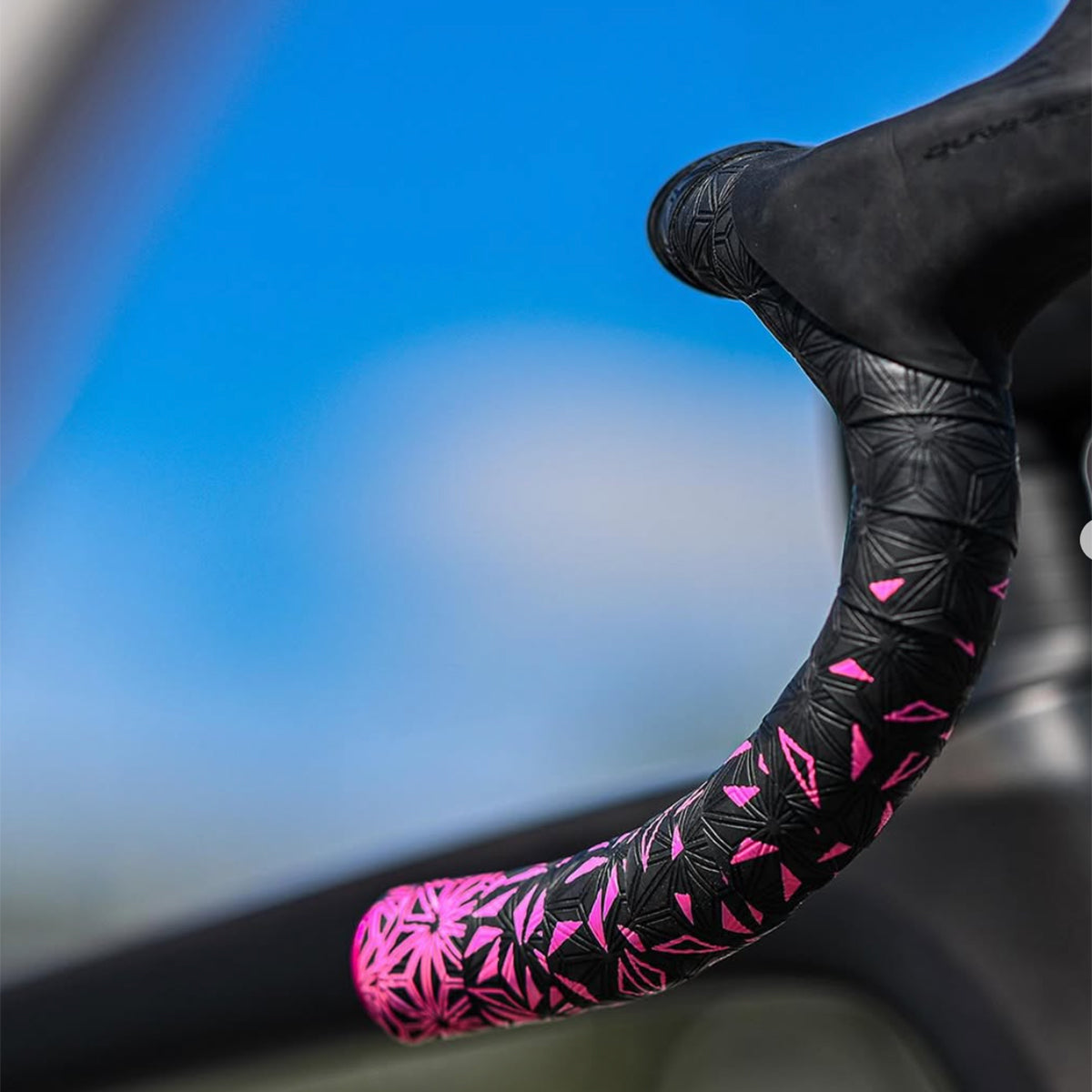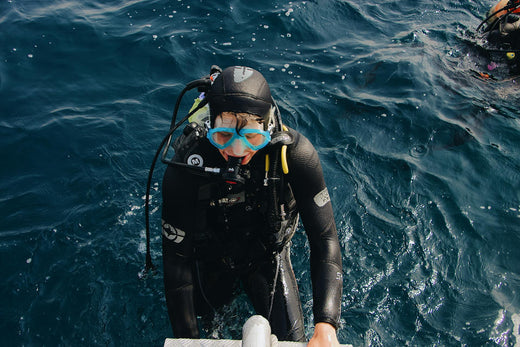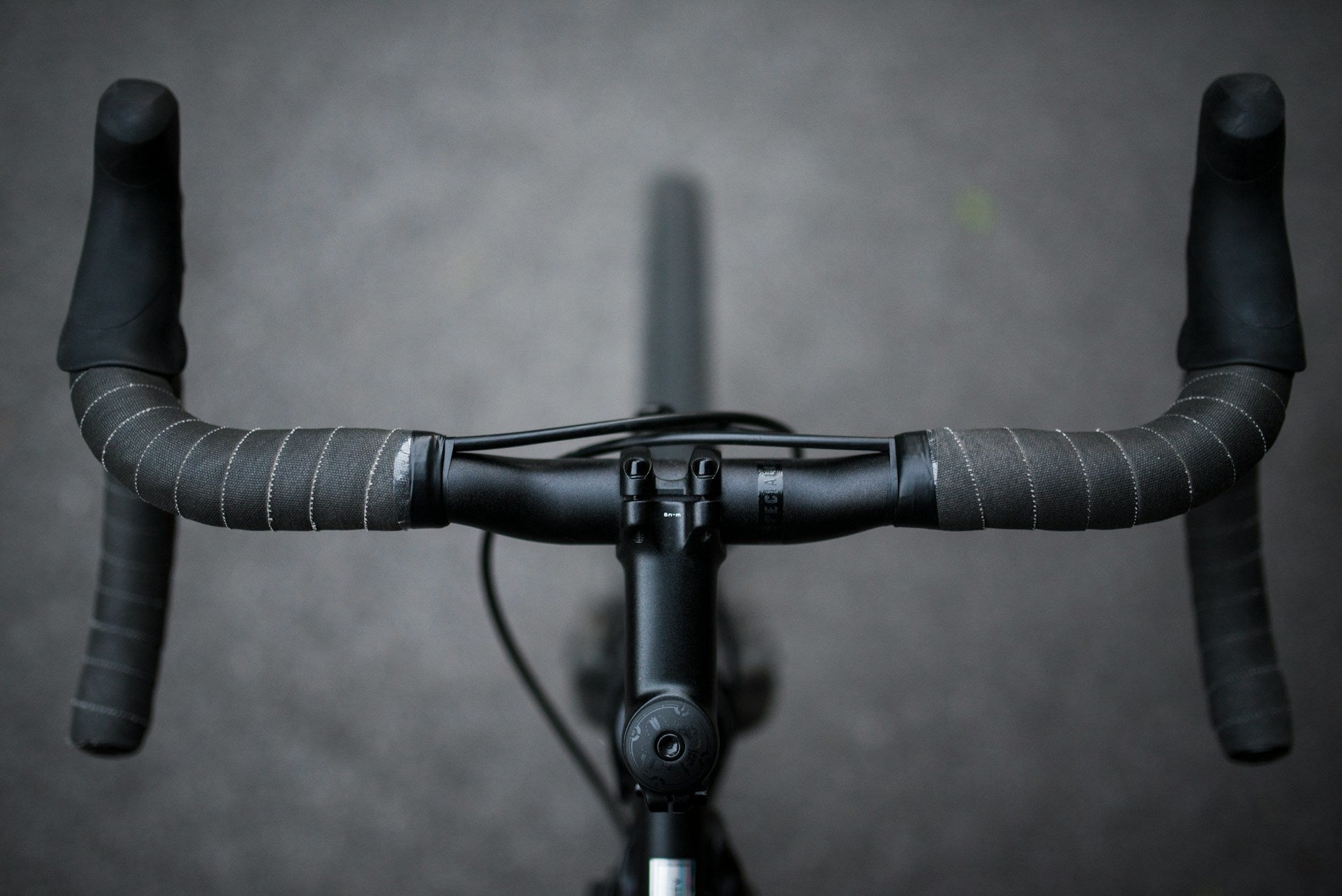Scuba diving requires mastering a few essential skills to ensure your safety and enjoyment underwater. Here are the basic skills every diver needs to learn:
1. Breathing Techniques
- Slow, Deep Breaths: Inhale slowly and deeply through your nose, then exhale gently through your mouth. This helps conserve air and ensures you stay relaxed.
- Regulator Control: Get comfortable with breathing through the regulator, both on the surface and underwater. Always keep the regulator in your mouth unless it's being cleaned or replaced.
2. Clearing Your Mask
- Mask Flooding: If your mask fills with water, learn how to clear it. To do this, look up slightly, and gently exhale through your nose to push the water out while pressing the top of the mask to seal it.
- Full Mask Removal: This is usually taught as part of training and involves removing your mask completely underwater and then replacing it while maintaining control of your buoyancy and calmness.
3. Equalizing Your Ears
- Pressure Equalization: As you descend, the pressure increases, and you may feel discomfort in your ears. Equalize early and often by gently pinching your nose and blowing out (the Valsalva maneuver) or swallowing to balance the pressure in your ears.
- Equalize Before You Feel Pain: It’s best to equalize every few feet when descending to avoid ear pain or barotrauma.
4. Neutral Buoyancy
- Achieving Neutral Buoyancy: You should be able to hover effortlessly without sinking or floating up. To do this, you must control your buoyancy using your lungs (by adjusting your breathing), your BCD (buoyancy control device), and weights.
- Controlling Buoyancy: As you descend or ascend, you adjust your buoyancy by adding or releasing air from your BCD. Practice this skill regularly to stay in control.
5. Mask Clearing (Mask Flood and Clear)
- Flooding the Mask: While underwater, your mask may become fogged or filled with water. To clear it, tilt your head slightly upwards, and exhale gently through your nose while pressing the top of your mask to expel the water.
- Full Mask Removal: This skill involves completely removing your mask underwater and then replacing it while maintaining calm and neutral buoyancy.
6. Regulator Recovery and Clearing
- Losing Your Regulator: Practice the skill of recovering a lost regulator by reaching behind your head or to the side to retrieve it.
- Clearing Your Regulator: If your regulator is flooded, exhale forcefully to clear water from it. Make sure to replace it in your mouth quickly and resume breathing.
7. Finning Techniques
- Proper Finning: Use your legs to kick, keeping your fins straight and making fluid, small kicks. Avoid splashing, as this wastes energy.
- Scissor or Frog Kick: These are common finning techniques used to move gracefully and efficiently, especially in environments with limited space (like coral reefs).
8. Safety Stop
- Why It's Important: A safety stop is a routine stop at 15 feet (5 meters) for 3 to 5 minutes after diving, especially after deeper dives. It allows excess nitrogen to safely leave your body, reducing the risk of decompression sickness.
- Performing a Safety Stop: At the end of your dive, ascend slowly and make a stop at 15 feet for several minutes before surfacing.
9. Basic Navigation
-
Using a Compass: Learn how to use a dive compass to navigate underwater, and practice swimming in a straight line while using the compass.
-
Visual Landmarks: Recognize how to navigate using natural underwater landmarks (coral, rocks, structures), and keep track of your starting point to avoid getting lost.
10. Emergency Procedures
-
Sharing Air (Buddy Breathing): In case of an emergency where your air supply runs out or the regulator malfunctions, practice sharing air with your dive buddy by using an alternate air source or octopus.
-
Ascend Safely: If you experience an emergency or need to return to the surface quickly, remember to ascend slowly (no faster than 18 meters per minute) to avoid decompression sickness.
11. Buddy System
- Always dive with a buddy. The buddy system is essential for safety, ensuring that help is available in case of an emergency.
- Buddy Checks: Before the dive, perform a buddy check (known as the “BWRAF” check: BCD, Weights, Releases, Air, and Final OK) to ensure all equipment is set up properly.
Additional Tips:
- Stay within your limits: Don't push yourself beyond what you’re comfortable with, and always follow your dive plan.
- Stay calm: Panicking can lead to rapid breathing and poor decision-making. If you feel stressed, stop, breathe, and assess the situation calmly.
These basic skills form the foundation for safe and enjoyable scuba diving. Most divers gain proficiency through practice and experience, ideally with a certified instructor.







Leave a comment
This site is protected by hCaptcha and the hCaptcha Privacy Policy and Terms of Service apply.